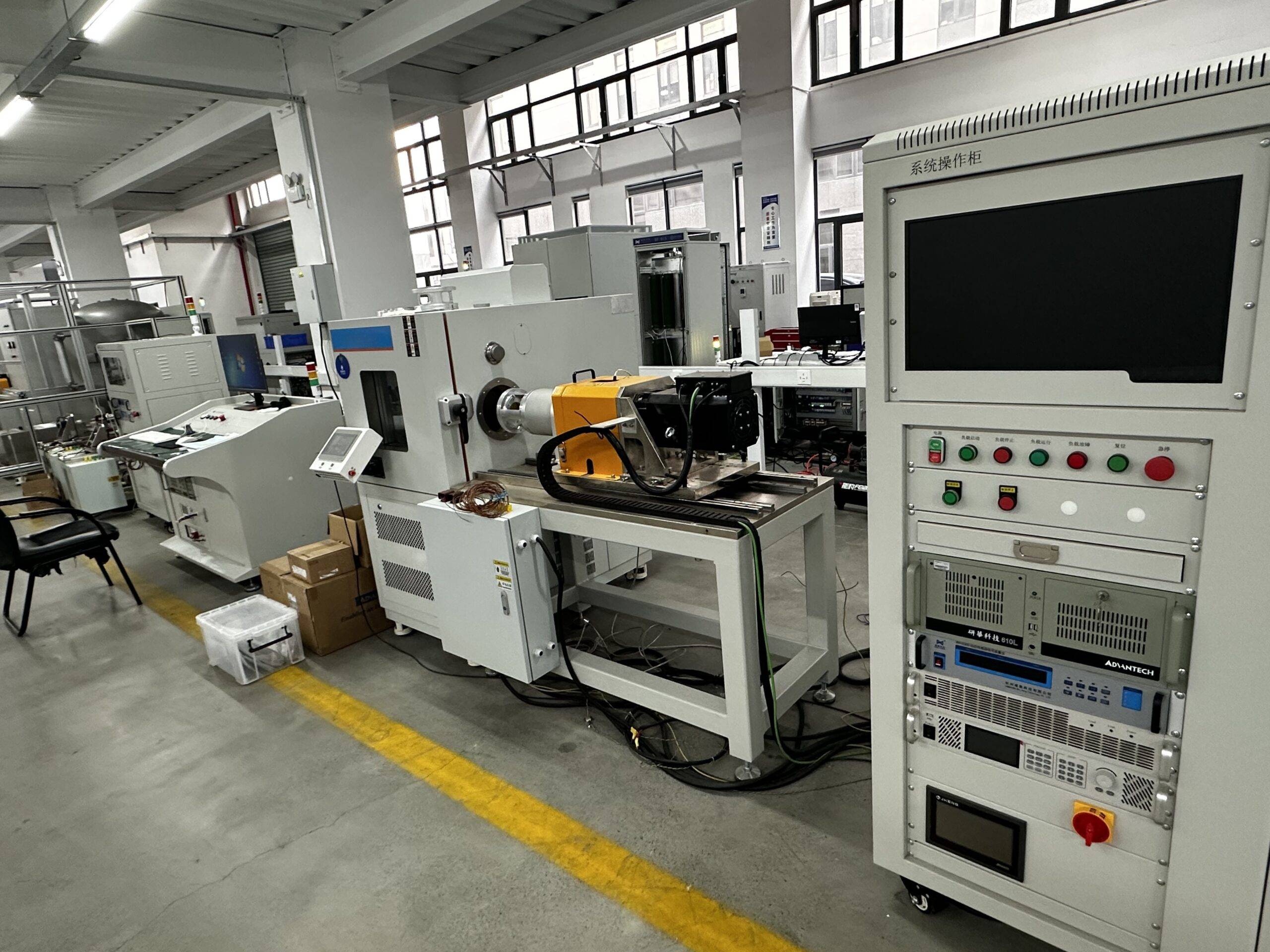
Motor test benches are essential for evaluating the performance and functionality of various types of motors. Depending on the testing objectives and application areas, motor test benches can be classified into the following categories:
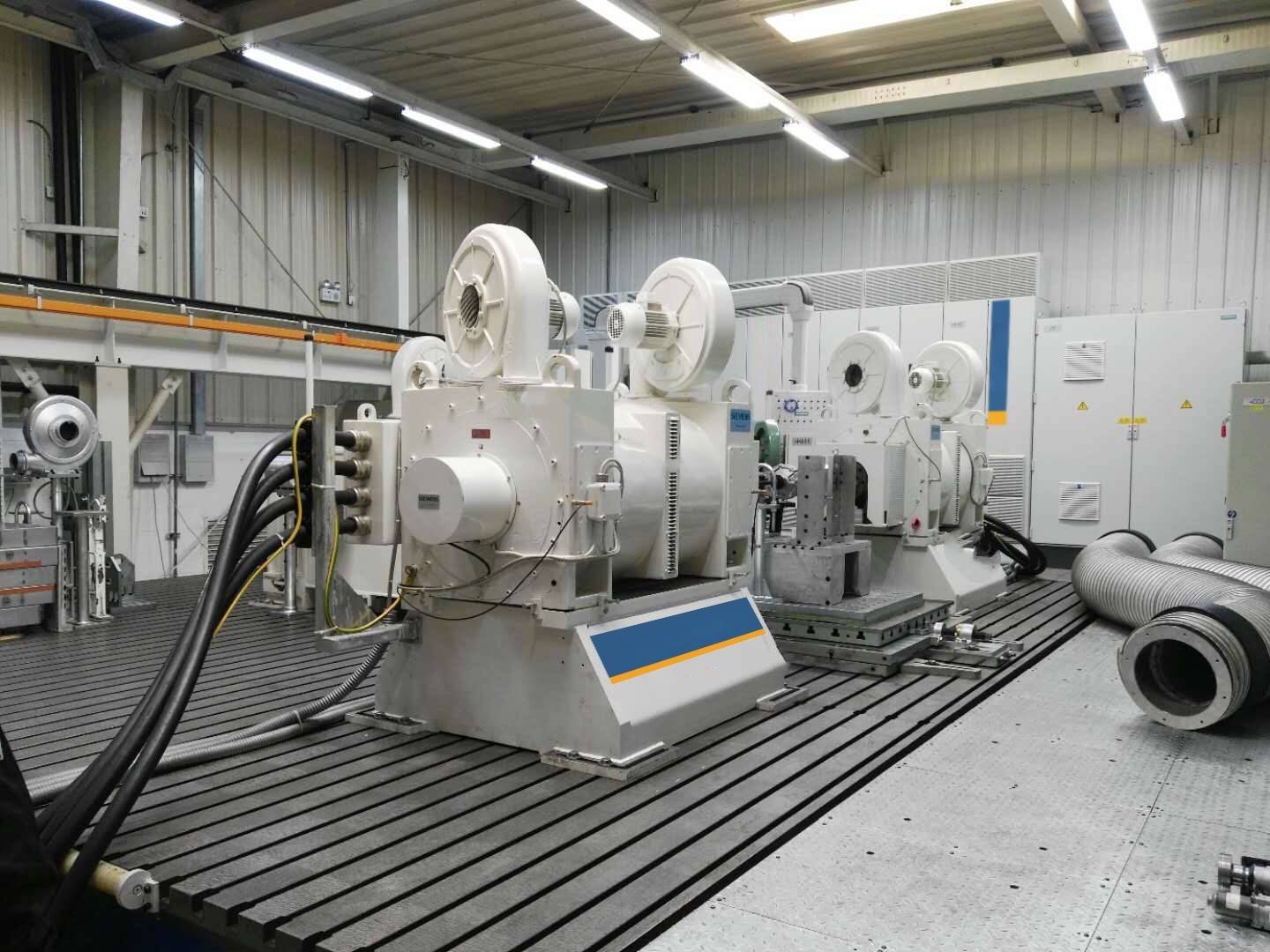
The high speed motor test bench is used to test the motor and UUT in industry as: Automative, aerospace, and Marine, can be equipped with a high-low temperature environmental chamber, power supply, power analyzer, and cooling system. 1.High-Speed High-Power Motor Test Bench 2.High-Speed Low-Power Motor Test Bench
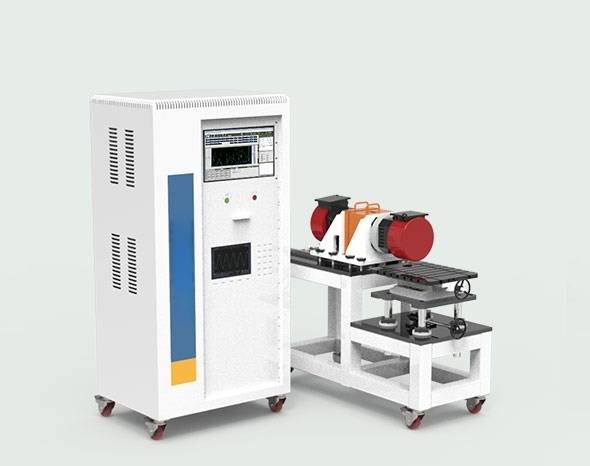
The system uses a dynamometer with a dedicated load motor, and it supports both torque mode and speed mode. The controller provides precise torque and speed control, while the load motor offers fast and accurate response. This allows for arbitrary load curve loading and waveform measurement during the motor testing process, meeting both steady-state and transient measurement requirements for motors and drives.
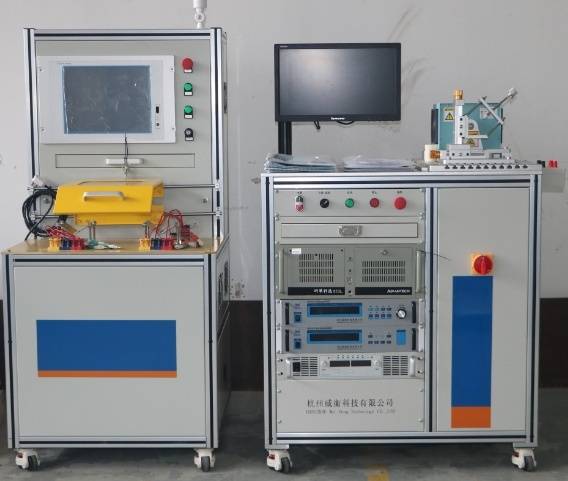
The test bench is primarily used for testing the performance of stators in various types of motors, including single-phase motors, three-phase motors, brushless motors, synchronous motors, and servo motors. It encompasses all items necessary for stator performance checks. The system allows for rapid testing of parameters such as (AC voltage withstand, insulation resistance, inter-turn insulation, and DC resistance) in one go. With a single connection, all tests are quickly completed.
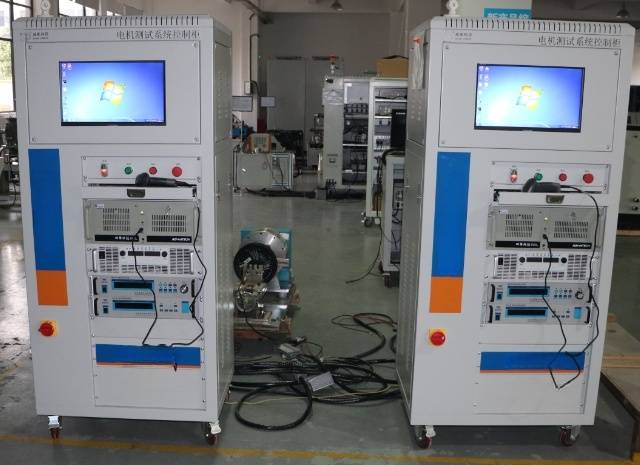
This system adopts an embedded architecture and is a professional control system software developed based on the Linux platform. It combines the stability of the Linux system with the user-friendly interface of the Windows system, enabling fast and accurate testing of the comprehensive electrical performance parameters of a complete motor. With one-time installation and a one-stop approach to completing all test items, it reduces manual intervention and enhances production efficiency.
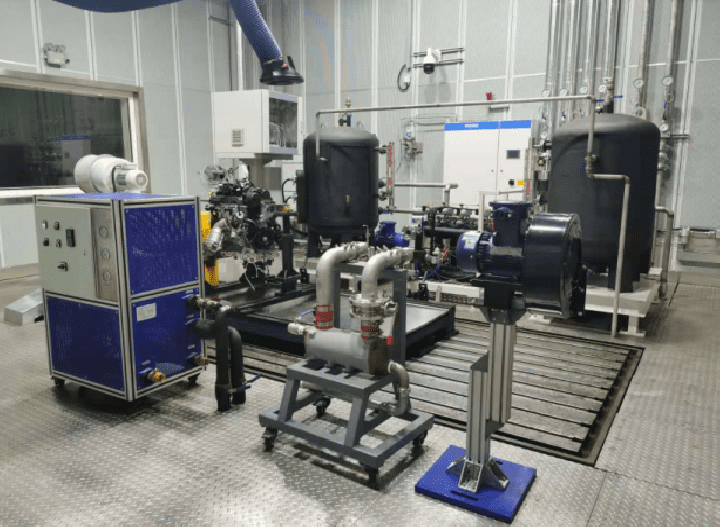
Pneumatic motors are driven by compressed air. The test bench is equipped with air compressors and pressure regulation systems to evaluate the motor's performance under different air pressures. Hydraulic motors are powered by hydraulic oil. The test bench is equipped with a hydraulic pump station, oil reservoir, and flow control systems to test the motor's performance.
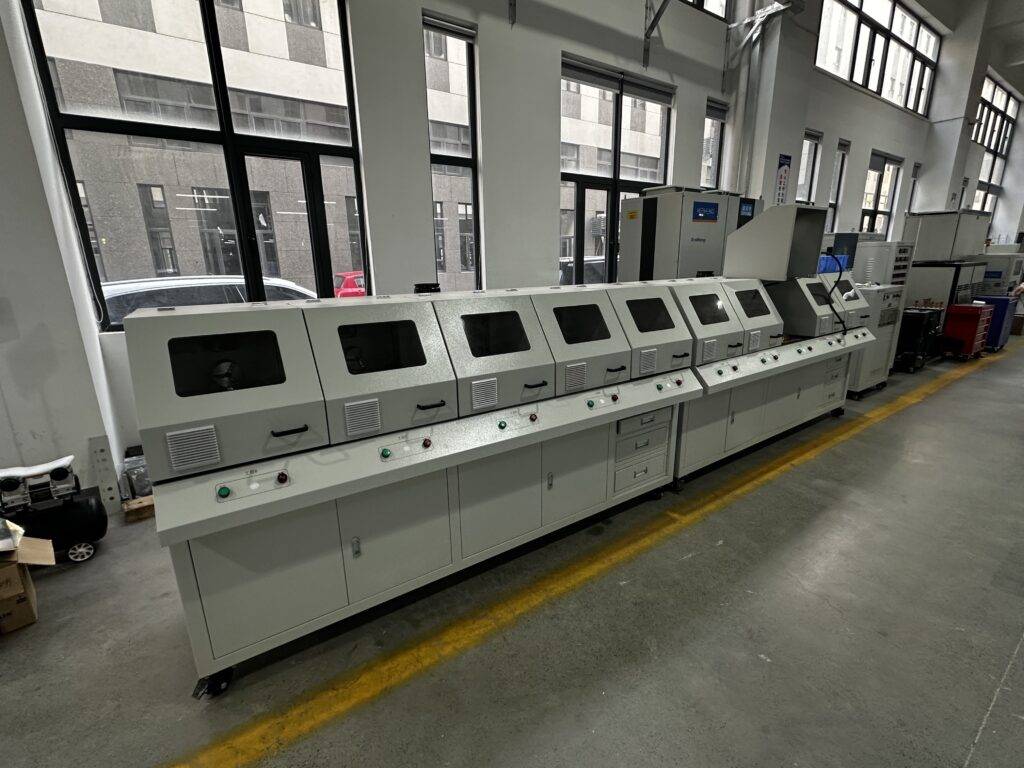
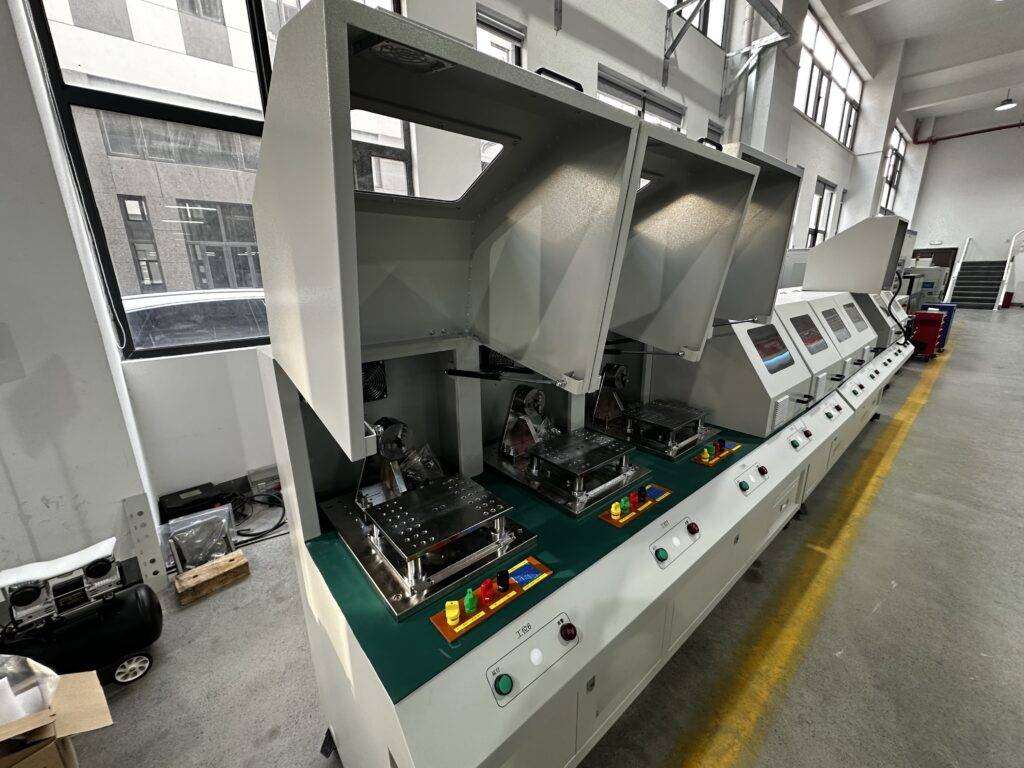
A test bench is essentially a controlled environment that allows engineers and developers to test and evaluate systems—whether electronic, mechanical, or software—under simulated real-world conditions. The goal is to validate the system’s performance, functionality, and reliability before deployment. This environment is critical for identifying defects and ensuring the final product meets required specifications and quality standards.
The primary advantage of using a test bench is that it helps ensure products perform as expected in real-world conditions. By testing early in the development process, manufacturers can identify potential issues and address them before the product goes to market, avoiding the costly problem of producing defective products that need to be scrapped or reworked.
Test benches also ensure that products meet industry standards and regulatory requirements, such as electrical isolation, CE certifications, or UL ratings, depending on the product and its application.
Furthermore, test benches help identify defects early, which reduces the risk of product failures after release. By catching issues before a product is launched, manufacturers can minimize costly recalls and repairs.
Test benches are widely used in industries such as:
A typical test bench includes both hardware and software components, all working together to perform the necessary tests.
There are several types of test benches, each designed for specific testing purposes:
Simulation Test Benches: These are used for software-based simulations of real-world scenarios, ideal for testing electronic systems or software applications in a virtual environment.
Emulation Test Benches: These use hardware-based emulation to replicate the behavior of various hardware platforms. They’re typically used for software development across multiple architectures and environments.
Accelerated Test Benches: These test benches speed up the testing process, enabling long-term usage to be simulated in a shorter period. This type is often used for assessing the durability and longevity of products.
Designing an effective test bench begins by understanding the specific needs of the system being tested. The first step is to define the system’s requirements through a detailed analysis, identifying the critical parameters and conditions to be simulated. Once the requirements are clear, the appropriate tools and equipment can be selected, ensuring that the test bench is tailored to meet the specific testing objectives. This involves choosing the right hardware, sensors, software, and simulation tools to create an environment that mimics real-world scenarios accurately.
In summary, a test bench is a comprehensive tool that provides a controlled, repeatable environment for system validation. It’s critical for product development, enabling designers and engineers to test, refine, and ensure the quality and reliability of their products before they are released into the market.
Motor test benches are essential for evaluating the performance and functionality of various types of motors. Depending on the testing objectives and application areas, motor test benches can be classified into the following categories:
1. No-Load Test Bench
Function:
Measures basic motor performance under no-load conditions, including speed, current, voltage, and power.
Application:
Primarily used to verify whether a motor can operate normally and assess efficiency and energy consumption under no-load conditions.
Features:
2. Load Test Bench
Function:
Simulates motor performance under load conditions, such as output power, torque, and efficiency.
Application:
Used to evaluate a motor’s overall performance under real working conditions.
Features:
3. Dynamic Performance Test Bench
Function:
Tests motor performance under dynamic conditions, such as acceleration, deceleration, reversal, and start/stop performance.
Application:
Suitable for high-performance motors (e.g., electric vehicle drive motors) or motors requiring quick response.
Features:
4. Comprehensive Motor Test Bench
Function:
Provides a complete evaluation of multiple motor parameters, including no-load, load, efficiency, locked rotor, overspeed, and dynamic performance.
Application:
Used in research and development and production stages to meet comprehensive testing needs.
Features:
5. Specialized Motor Test Bench
Function:
Custom-designed test equipment tailored for specific motor types (e.g., stepper motors, servo motors, or high-speed motors).
Application:
Specialized for certain applications such as aerospace, high-speed trains, or industrial robots.
Features:
6. High-Speed Motor Test Bench
Function:
Tests the speed, vibration, heat generation, and mechanical stability of high-speed motors.
Application:
Used for high-speed motor development and validation in aerospace and industrial applications.
Features:
7. Motor Controller Test Bench
Function:
Tests the performance of motor controllers, including control accuracy, efficiency, and fault protection features.
Application:
Primarily used in electric vehicles and industrial automation.
Features:
Key Differences Summary:
Type | Main Testing Content | Application Scenario | Features |
No-Load Test Bench | Speed, current, voltage, power | Preliminary motor testing | Simple structure, low cost |
Load Test Bench | Output power, torque, efficiency | Comprehensive performance evaluation | Simulates various load conditions |
Dynamic Performance Test Bench | Start/stop, acceleration, deceleration, reversal | High-performance and dynamic motors | Simulates real-world conditions |
Comprehensive Test Bench | No-load, load, dynamic, locked rotor, overspeed | Full performance testing | High integration, higher cost |
Specialized Test Bench | Parameters and performance for specific motors | Specific scenarios or industries | Customized design, highly targeted |
High-Speed Test Bench | Speed, vibration, heat generation, stability | Aerospace and industrial motors | High precision, advanced safety design |
Motor Controller Test Bench | Control accuracy, efficiency, fault protection | EVs and industrial automation | Focused on controller stability |
By understanding the specific testing requirements and motor type, selecting the right test bench ensures efficient performance evaluation and validation.
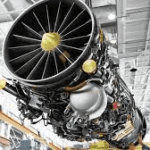
We provide the torquemeters, couplings, flywheels, spindles & test rigs for both helicopter and aero engine component testing
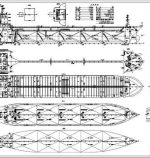
We provide test solution for marine engines, propulsion systems, electric motors, generator sets, transmission gearboxes, auxiliary power systems, exhaust gas systems, and spare parts for ships
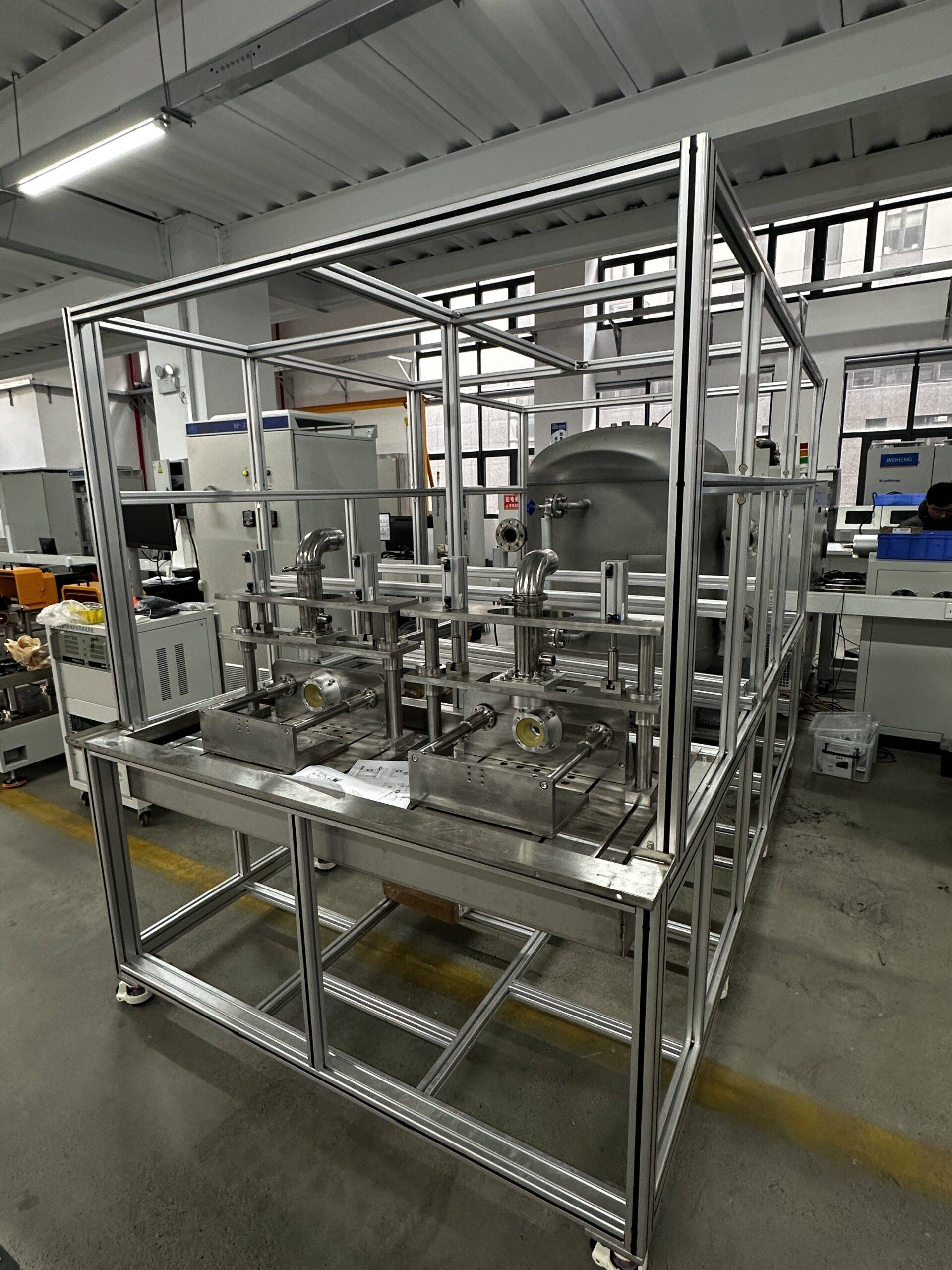
Water pump testing system is a specialized equipment used for performance testing of water pumps, commonly used to assess key parameters such as flow, head, power, and efficiency.
For any questions or support, please reach out via email at [email protected].
We aim to respond promptly.
Need immediate assistance? Call us at +86 156 1877 0706.
Our team is ready to assist you.
We welcome you to visit our office located at 3F, Building 2, NO.511 Xiaowan Road, Fengxian, Shanghai, China.
Let's discuss your needs in person.

© 2025 Shanghai EconoTechnology Co., Ltd. All rights reserved.
Empowering innovation through reliable testing solutions.